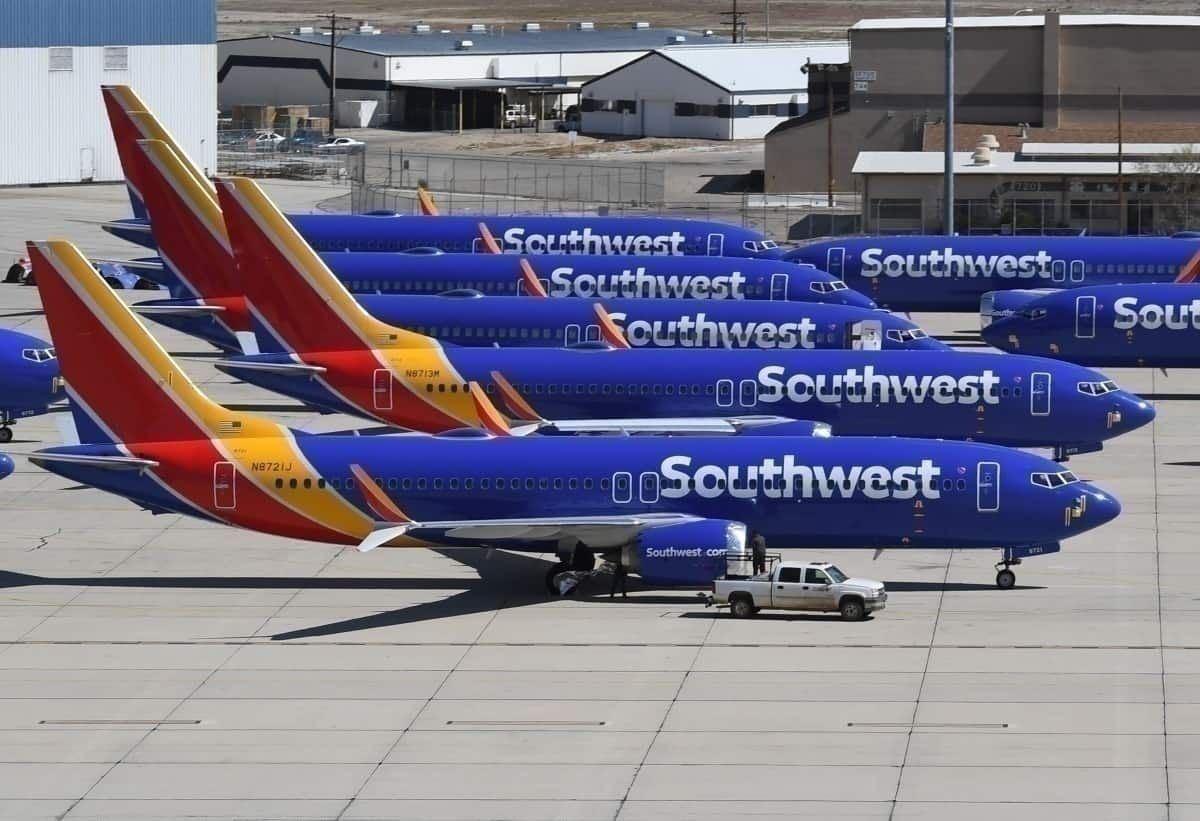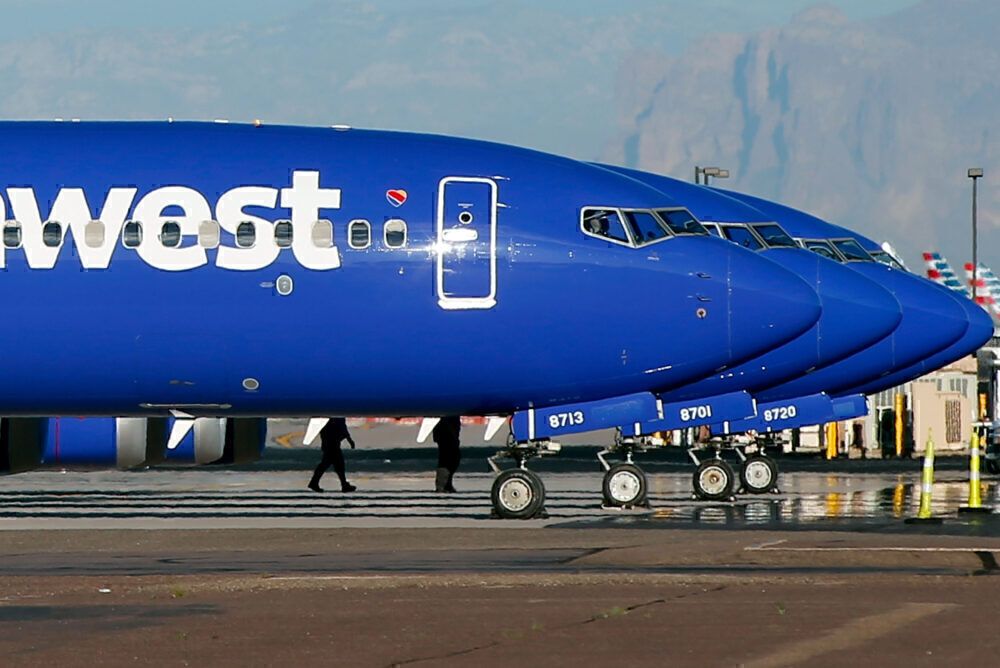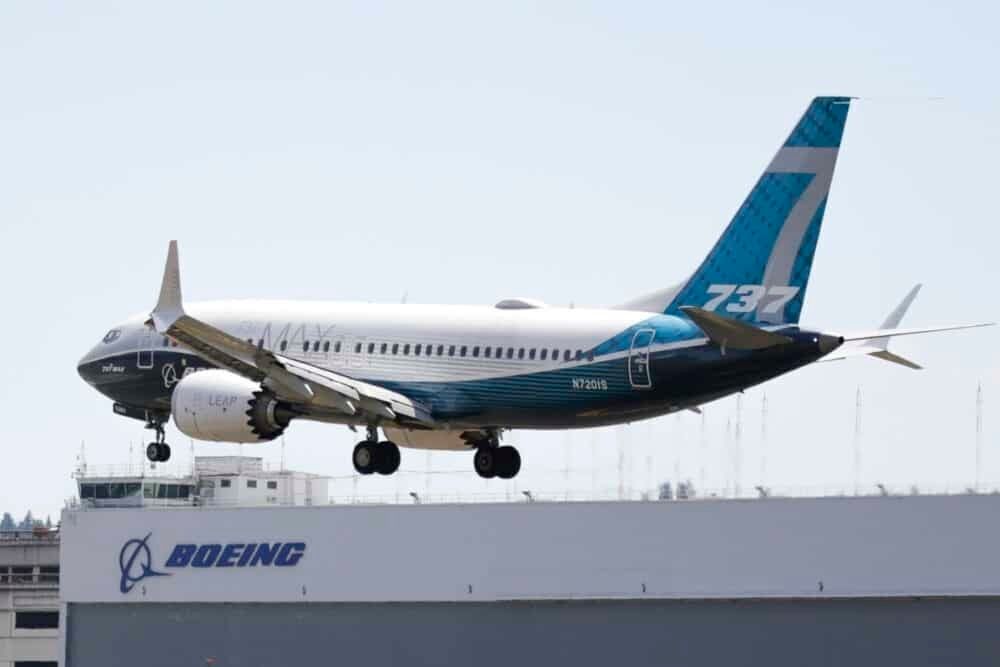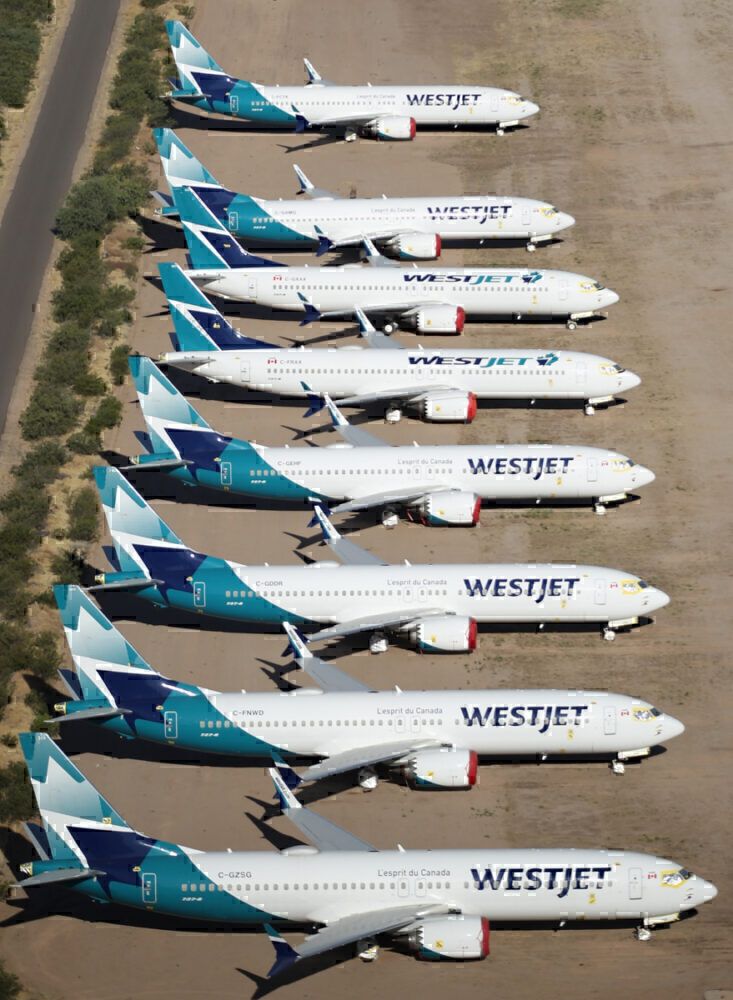Over the past few years, the Boeing 737 MAX has become the most infamous airliner of its generation. The MAX 7 series is the smallest variant of the American manufacturer's next-generation narrow-body twinjet airliner. With an increasing number of countries now granting the type recertification, let's take a look at which carriers have ordered the MAX 7.
Size matters
According to Boeing's figures, the 737 MAX 7 has the same wingspan (35.9 meters) as its larger counterparts. However, in its length, the MAX 7 is conspicuously smaller than the series' other variants.
It measures 35.56 meters long, almost four meters shorter than the next-largest variant, the MAX 8. This comes in at 39.52 meters long, and is itself noticeably shorter than the MAX 9 (42.16 meters) and the MAX 10 (43.8 meters). This translates to a correspondingly conspicuous difference in passenger capacities among the types. These are as follows:
- MAX 7 - 138-153 (two-class) / 172 (maximum).
- MAX 8 - 162-178 (two-class) / 210 (maximum, namely Ryanair's specially-configured high-density MAX-200 variant).
- MAX 9 - 178-193 (two-class) / 220 (maximum).
- MAX 10 - 188-204 (two-class) / 230 (maximum).
The fatal crashes of Lion Air flight 610 (October 2018) and Ethiopian Airlines flight 302 (March 2019) led to a combined total of 346 deaths. Both disasters involved Boeing 737 MAX aircraft. When investigators found striking parallels between the two accidents, aviation safety agencies swiftly grounded the type worldwide.
Stay informed: Sign up for our daily aviation news digest.
Deliveries ramping up once again
After almost two years of safety work, countries are now beginning to recertify the type for commercial service in their respective countries. This means that Boeing can begin delivering its large backlog of completed MAX series aircraft.
However, the MAX 7 will only represent a fraction of these. This is perhaps not a surprise, as smaller aircraft variants tend to cost more to operate per passenger. This is due to them having proportionally more weight per seat than larger variants.
Indeed, Boeing announced in 2018 that it was only expecting the MAX 7 to represent around 10% of all MAX series orders, according to FlightGlobal. However, at one time, this figure was, in reality, as low as just 1.7%. But where will this small fraction of the MAX fleet ultimately end up?
Southwest Airlines
Dallas-based Southwest Airlines is the world's largest low-cost carrier by revenue. It has ordered a correspondingly large number of 737 MAX series aircraft, totaling 280 aircraft. Of these, 30 are the smaller MAX 7 variant, with the remaining 250 being MAX 8s. To date, the airline has taken delivery of 34 MAX 8 aircraft, with further deliveries being paired with 737-700 retirements.
As such, its fleet size will remain constant, rather than growing. It estimates that its existing MAX aircraft will return to commercial service in the second quarter of 2021. During this year, it also expects to take delivery of a further 35 MAX 8 aircraft. However, it is unclear when its first MAX 7s will arrive, particularly with the airline also considering the Airbus A220 for its lower-capacity operations.
WestJet
While Canada is yet to recertify the Boeing 737 MAX, this appears to be getting increasingly close. This will be good news for its second-largest airline, the low-cost carrier WestJet.
WestJet has placed orders for the type's MAX 7, MAX 8, and MAX 10 variants. Of these, it has already taken delivery of 13 MAX 8 aircraft. All of these remain grounded awaiting recertification, according to Planespotters.net. The deliveries of its 22 ordered MAX 7 aircraft had initially been planned for 2021. However, the type's 20-month grounding period has seen these be postponed indefinitely.
All in all, the Boeing 737 MAX 7 does not look like becoming as commercially successful as its larger counterpart. However, it will be interesting to see if any other airlines might place orders for the smaller version in years to come as it becomes increasingly recertified around the world.




